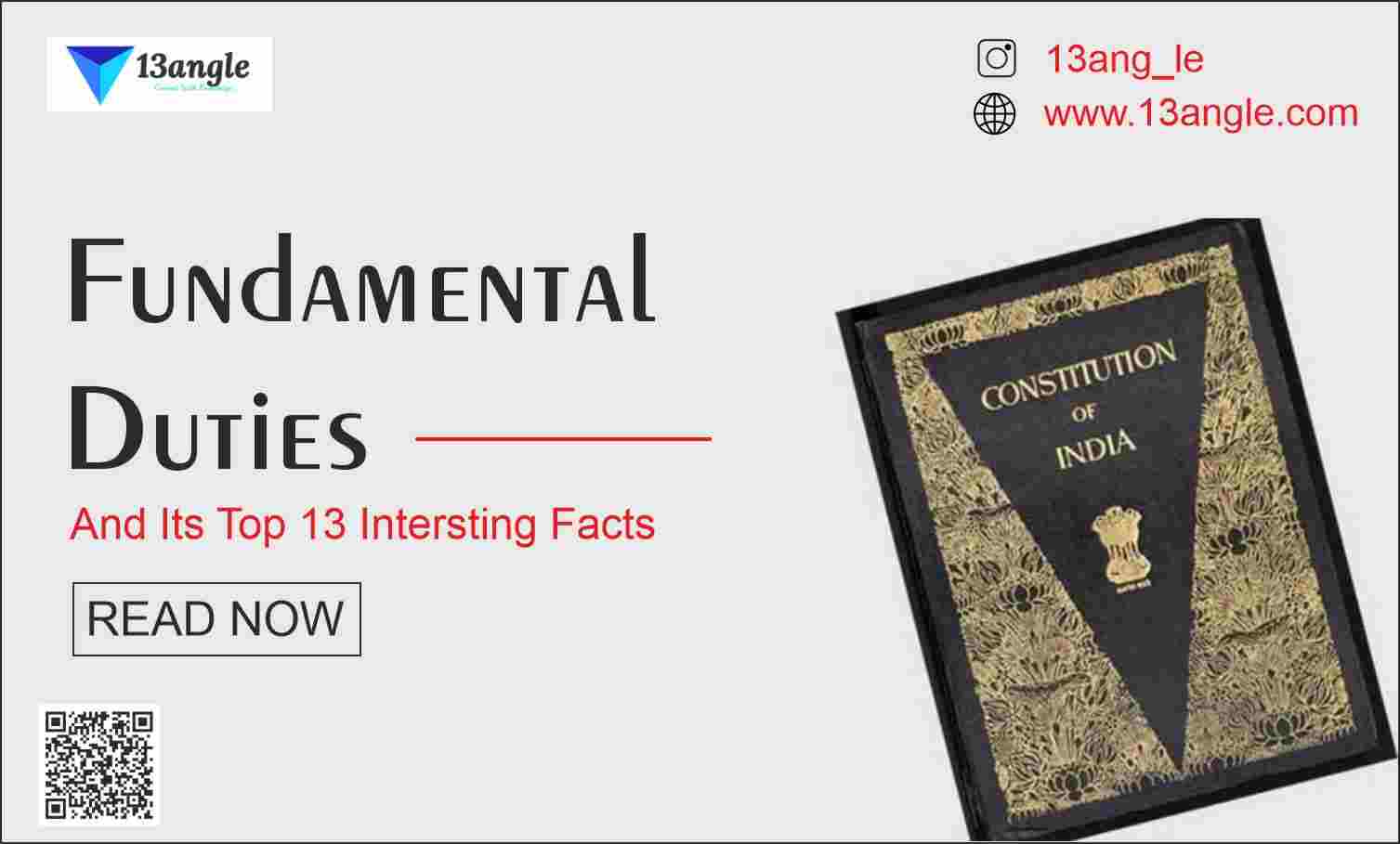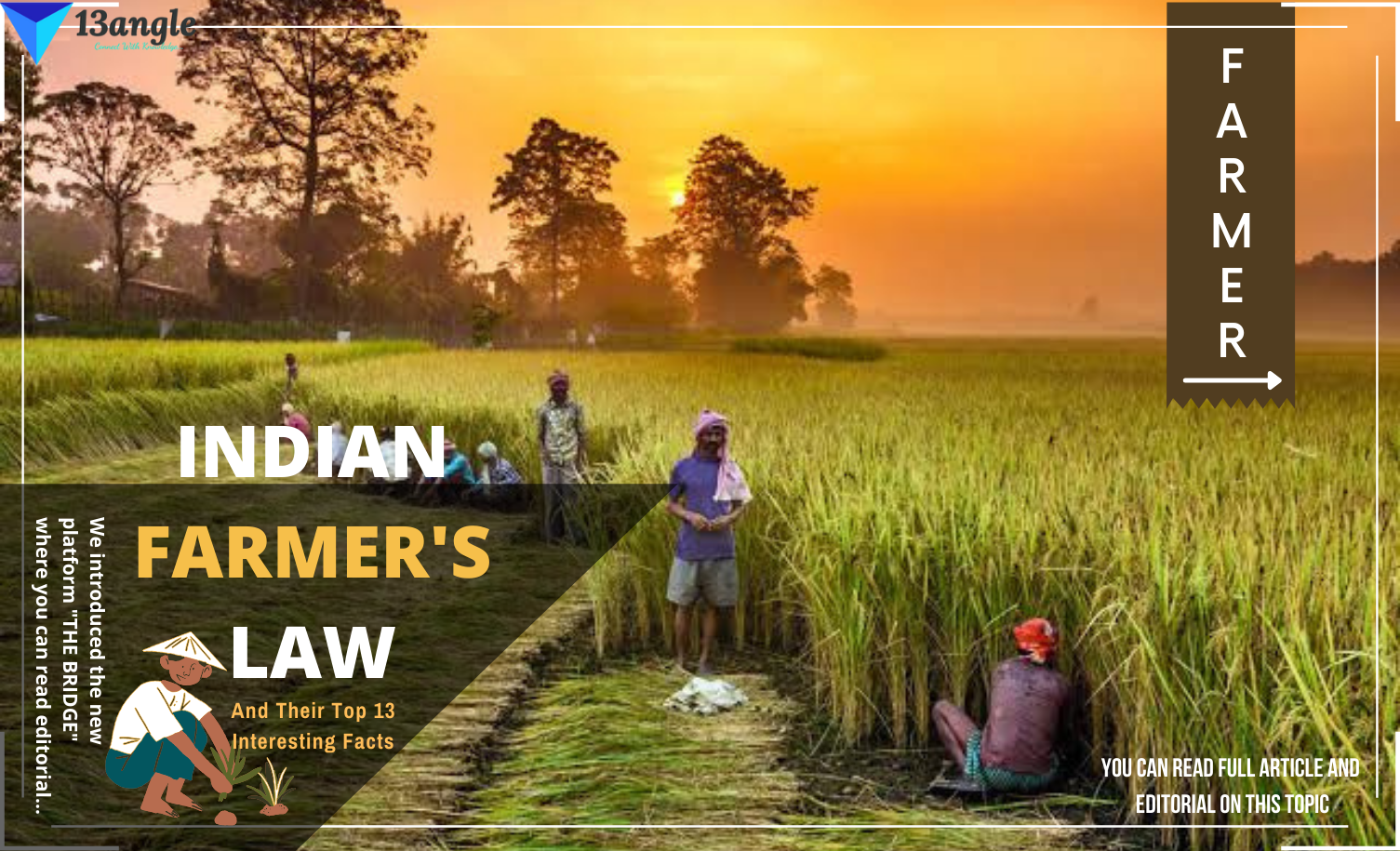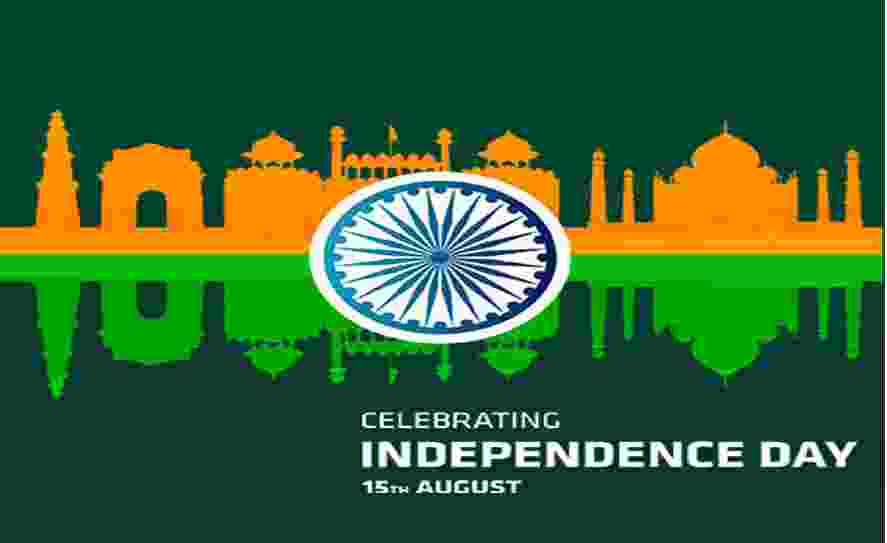
At the stroke of the midnight hour, when the world sleeps, India will awake to life and freedom.” – Jawaharlal Nehru
Introduction
Independence Day is celebrated on August 15 to celebrate India’s freedom from British rule in 1947. On the eve of India’s independence, Jawaharlal Nehru, the then Prime minister, had said in his ‘Tryst with destiny’ speech: “At the stroke of the midnight hour, when the world sleeps, India will awake to life and freedom.” India attained independence following the independence
movements including non-violent resistance and civil disobedience. The Prime Minister hoists flags and addresses people from the Red Fort in Delhi. This was a tradition started by Jawaharlal Nehru, the first PM of independent India, and continues to date.
History
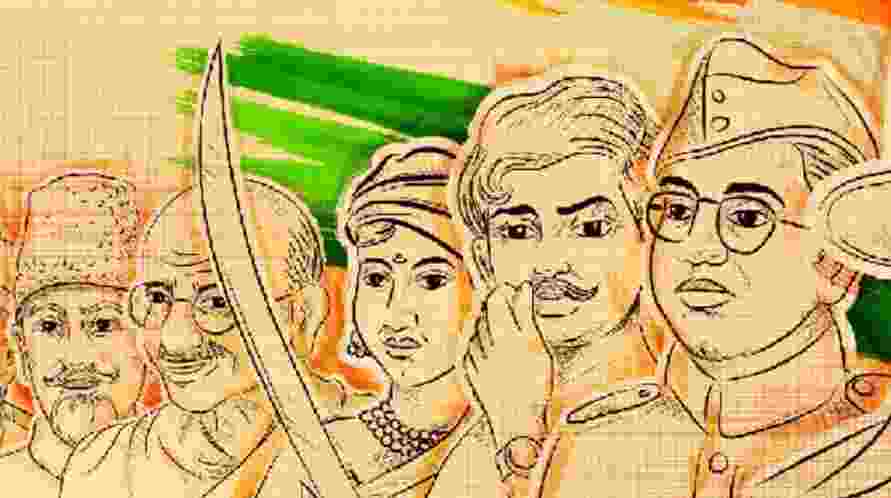
India was under the control of the British for many years ruled by the East India Company ruled India for about 100 years. In 1757 the East India Company won the battle of Plassey. Lord Mountbatten was given a mandate by the British parliament to transfer power by June 30, 1948.
The Indian Independence Bill was introduced in the British House of Commons on 4 July 1947 and it was passed within a fortnight. It marked the end of British rule in India on 15 August 1947.
Starting from the Revolt of 1857, there were many movements organized against the Britishers. The Indian independence movement began during World War I and was led by Mohandas K. Gandhi, who supported a peaceful and nonviolent way to deal with British rule.
Mahatma Gandhi, Jawaharlal Nehru, Sardar Vallabhbhai Patel, Mangal Pandey, Bhagat Singh, Chandra Shekhar Azad, and Subhas Chandra Bose are few of the prominent freedom fighters who played a major role and sacrificed their lives selflessly for the nation’s freedom.
Significance
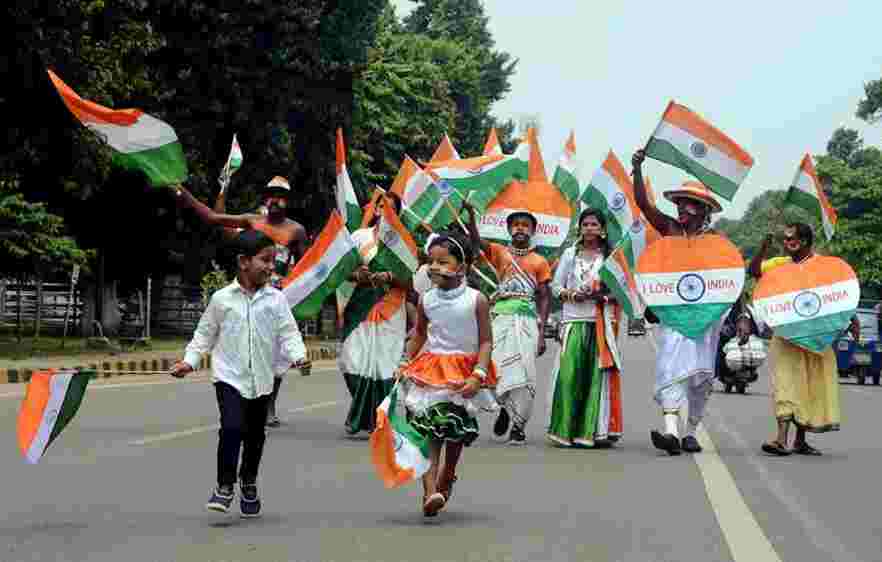
Independence day reminds us of all the sacrifices that were made by our freedom fighters in order to free India from British rule. It is declared a national holiday throughout the nation. The Tiranga is hoisted and various cultural events are organized throughout the country. India’s first Prime Minister Jawaharlal Nehru raised the Indian national flag above the Lahori Gate of Red Fort in Delhi on 15 August 1947 and since then, it has become a tradition followed by the later prime minister hoisting the flag and addressing the country. Independence Day is marked throughout India with flag-raising ceremonies, drills, and the singing of the Indian national anthem.
Independence Day is an important Day in the life of an Indian. It reminds us of the great fighters who were the foundation of the dream of a free India. It makes us realize that our forefathers have done their share of responsibilities and now it’s our turn to be responsible for how we can shape and form the future of our country. They have played their role and have played it really well. The country now looks up to us as to how we perform our part now. A wind of patriotism and National integration blows across the country on this Day.
Celebration
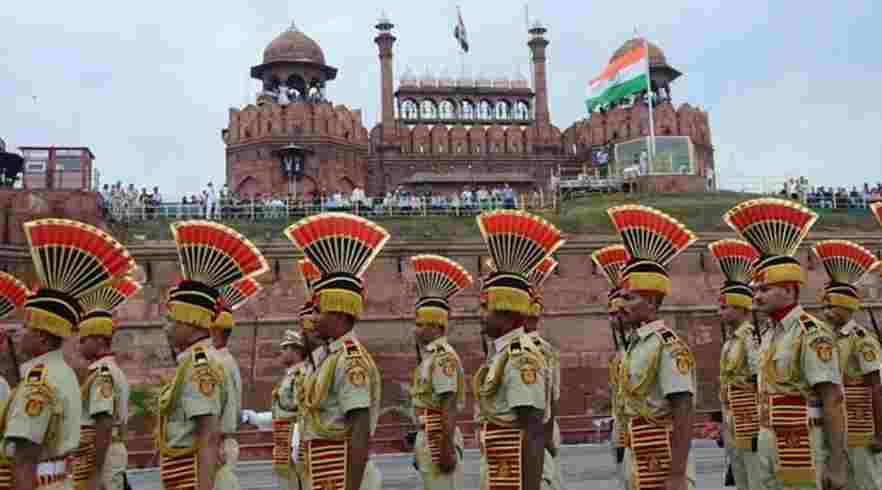
- Independence Day is marked as a great day of freedom for every Indian celebrated with the hoisting of the Tiranga, organising parades and cultural events, and citizens singing patriotic songs. 15th August is treated as national holiday and Indians dress in a specific way to celebrate their nation’s victory and cultural diversity. This celebration is also marked by grand celebrations held at Lal Qila, a speech delivered by the country’s Prime Minister, flag hoisting, and other state and national level events to pay respects. On the community level as well, many societies and people host celebrations, host movies, and celebrate the country’s rich culture. The national anthem is sung and makes every Indian’s heart fill with pride as the music drifts through this monumental structure, once regarded as a bastion of power.
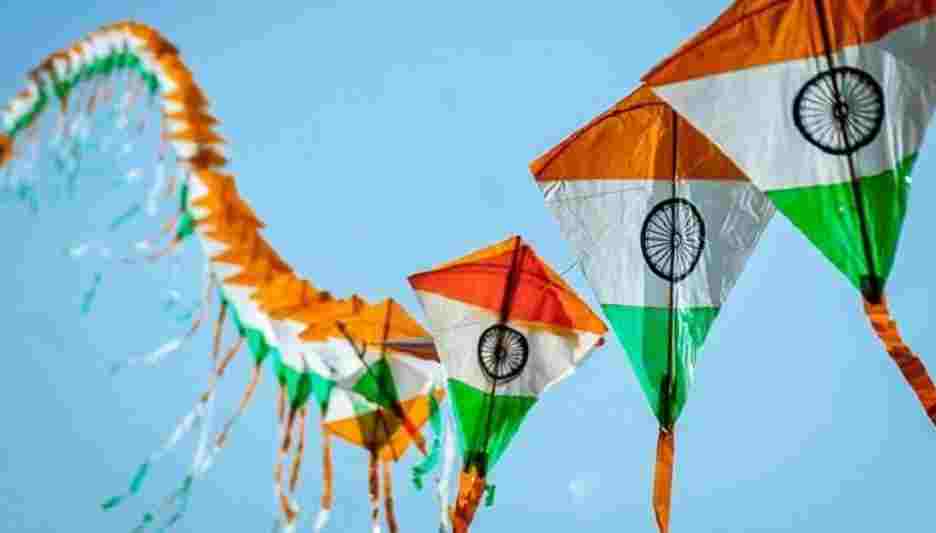
Flying kite is another tradition that is followed on Independence Day with people of different ages coming together. Flying kite represents the freedom that we have gained on this day. An energetic parade with members of the army and police is also organized along with the speech to the nation delivered by the PM where he speaks on the country’s achievement in different fields in all these years and talks about the future goal of countries.
This historic day celebration reminds us of the mighty sacrifices of our courageous leader and fighters who fought for our country, but also a day to take pride, celebrate and respect our noble country’s rich honor, rich history, culture, and tradition.
Independence Day Celebration 2022
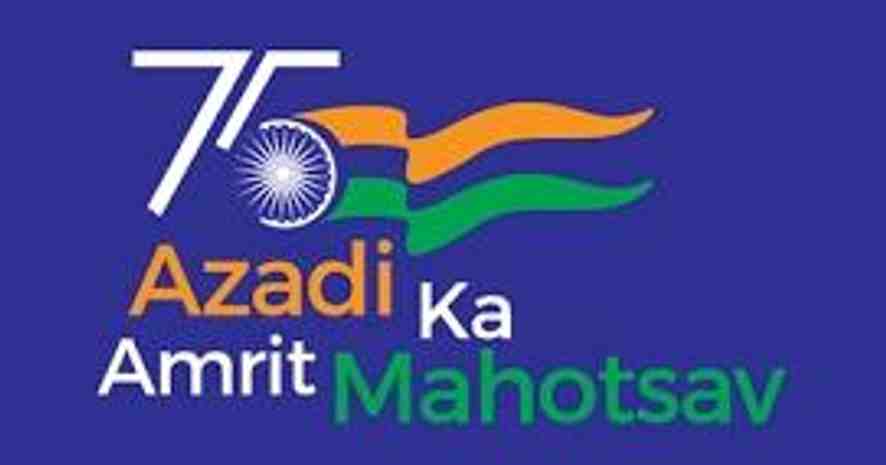
(Azadi ka Amrit Mahotsav)
- In the joy of completing 75 years of independence of our country to awaken the feeling of attachment towards the country and awaken patriotism among the citizens of our country this year independence day is celebrated as Azadi ka Amrit Mahotsav. This initiative ‘Azadi Ka Amrit Mahotsav’ started on March 12, 2021, which started a 75-week countdown to the 75th anniversary of Independence, and will continue till August 15, 2023. Azadi Ka Amrit Mahotsav is based on five themes – Freedom, Ideas, Resolve, Actions, and Achievements.
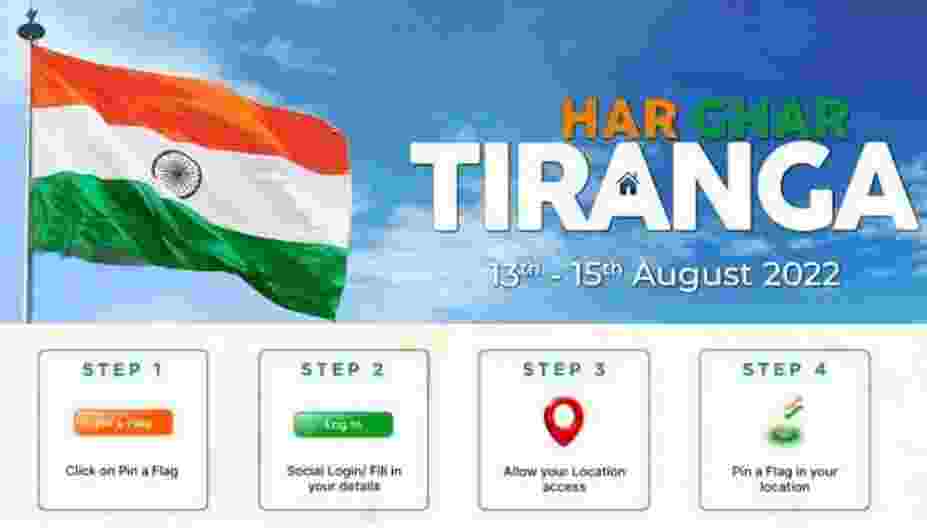
(Har Ghar Tiranga)
The government of India also started a campaign Har Ghar Tiranga where it is asking every household to hoist flags in their houses and for some, it is also delivering a 20 x 30-inch National flag to every household at a subsidy rate of ₹25. The idea behind the initiative is to invoke the feeling of patriotism in the hearts of the people and to promote awareness about the Indian National Flag. Apart from this, the government has also started a campaign to pin a flag virtually at https://harghartiranga.com/ along with ‘posting flag along with selfie’ on the site.
On 31 July 2022, the Prime minister urges all Indians to replace their social media profile picture with the Flag of India from 2 August to 15 August.
Movies On India’s Independence Struggle
1. Rang De Basanti
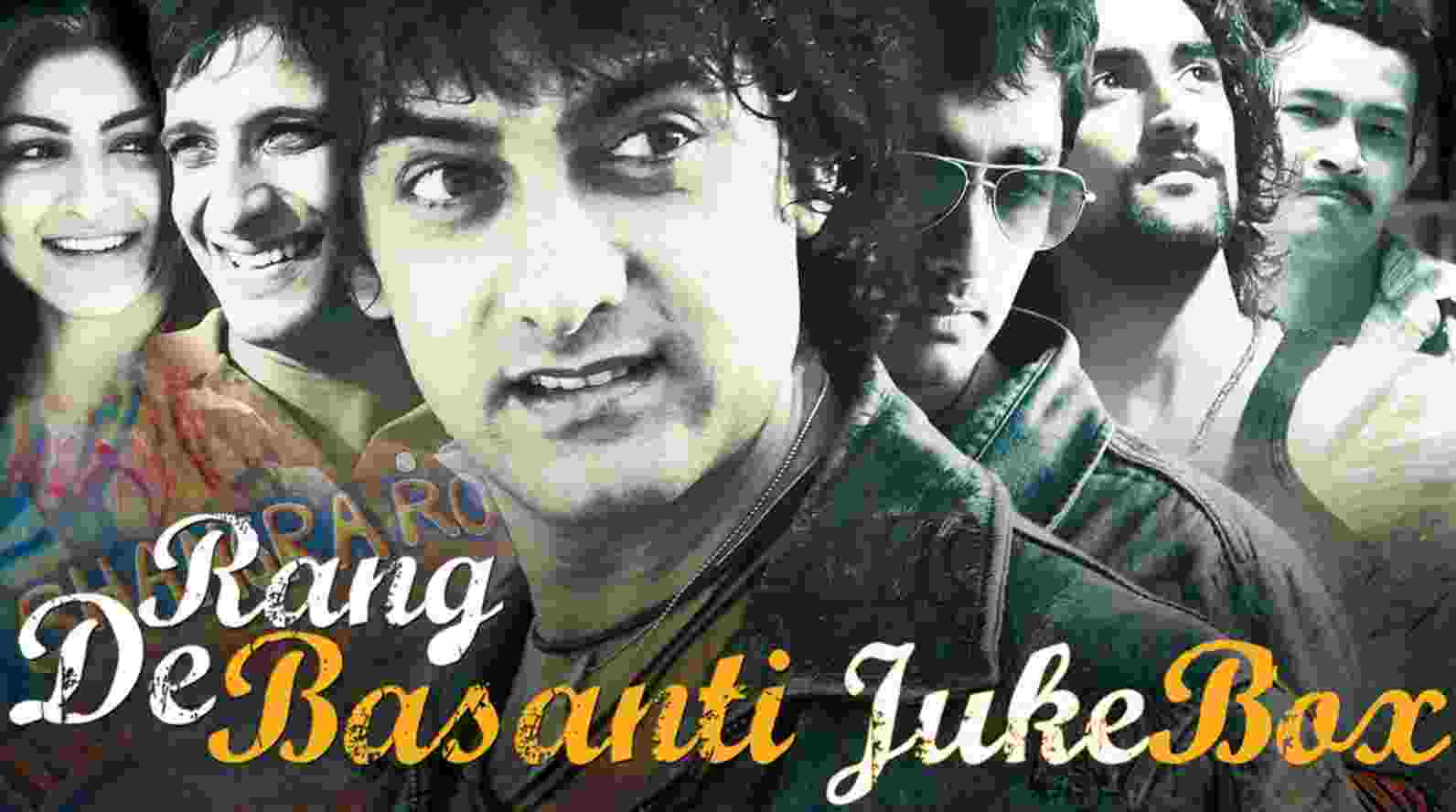
- Produced and directed by Omprakash Mehra, Rang De Basanti is a famous movie released in 2006 starring Aamir khan, Siddharth, R. Madhavan, Atul Kulkarni, Soha Ali Khan, Sharman Joshi, Kunal Kapoor, and British actress Alice Patten The movie is about a British film student traveling to India to document the story of five freedom fighters of the revolutionary movement of India. The movie was shot mainly in the national capital, New Delhi.
2. Lagaan: Once Upon a Time in India
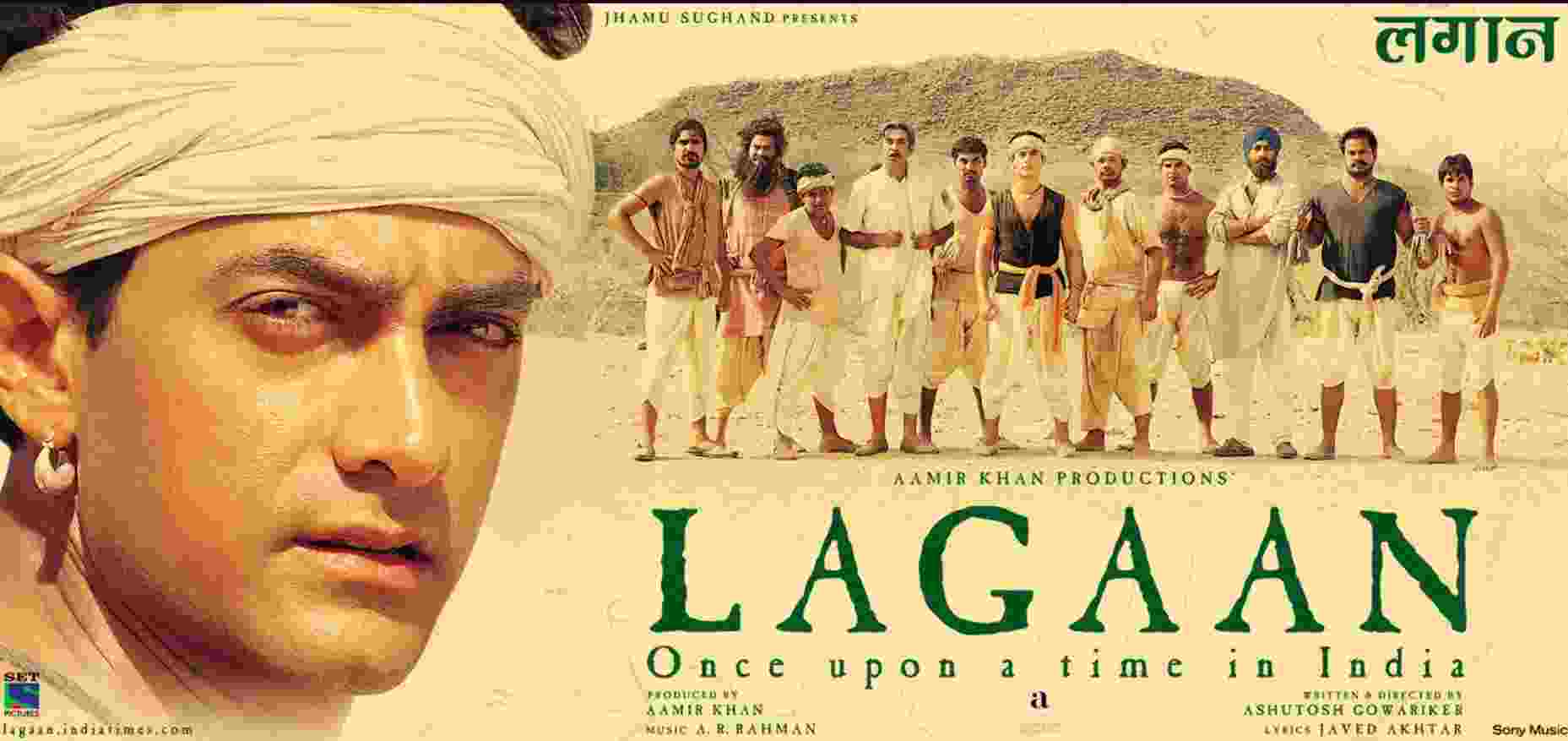
- Lagaan is a film written and directed by Ashutosh Gowariker released in 2001. The story revolves around a cricket match between a group of villagers and Britishers. If villagers win, their taxes will be waived off.
3. The Legend of Bhagat Singh

- This movie was released in 2002 directed by Rajkumar Santoshi. This film takes you to the journey of Bhagat Singh as a freedom fighter and narrated the brave acts he committed before he was sentenced to death. He refused to bow down to the British and thus became a legend for the generations after him.
4. Border

- Border’ is still considered one of the best films in the history of Indian cinema which showcases the struggle of Indian soldiers released in 1997 directed by J.P Dutta with starring cast which consists of Sunny Deol, Jackie Shroff, Sunil Shetty, Akshaye Khanna, Pooja Bhatt, Tabu, Rakhi and several others, the film successfully portrayed the sacrifice of the Indian soldiers and what their families go through.
5. Nastik
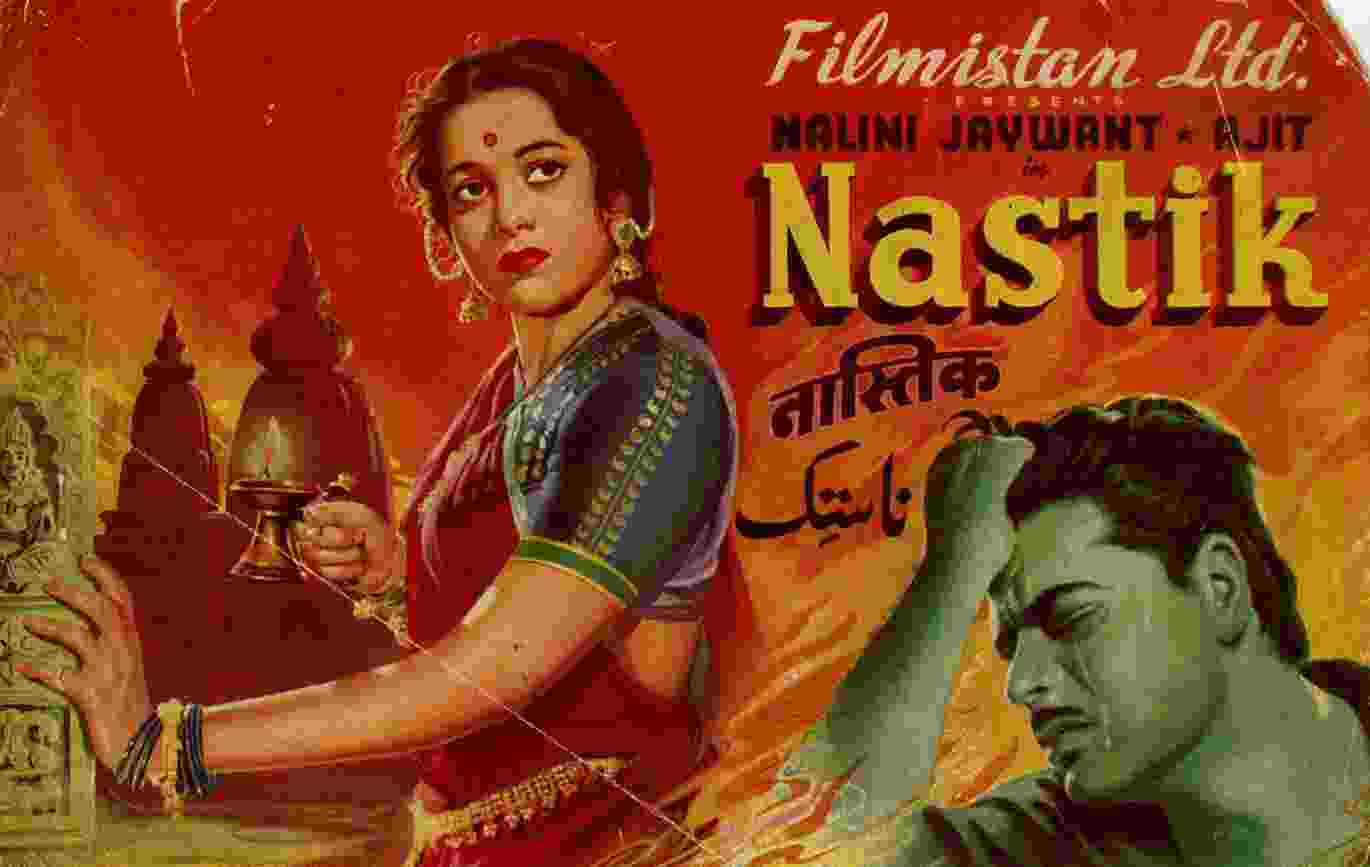
- Nastik released in 1954 directed by I.S Johar is a tale of a brother, who wreaks revenge on a priest who sells his sister into prostitution during the migration. The film also depicts the reality of family members who were separated during the partition of our country.
Subhas Chandra Bose’s Role In Freedom Struggle With Special Reference To British PM Clement Attlee’s Words

Netaji Subhas Chandra Bose was an Indian Nationalist and freedom fighter whose patriotism toward India and contribution to the freedom struggle have left a mark in the hearts of many Indians. He is famously known as the founder of ‘Azad Hind Fauj’ and his famous slogan is ‘Tum Mujhe Khoon Do, Main Tumhe Aazadi Dunga’. He is famously known for his contribution to India’s freedom struggle in different ways and roles.
British Prime Minister Clement Attlee admired Subhas Chandra Bose a lot and in a conversation with then-acting Governor of West Bengal Justice PB Chakraborthy. In 1956, Clement Attlee had come to India and stayed as a guest of the then Governor. Attlee as the British PM had signed on the decision to grant Independence to India.
Chakraborthy asked Attlee the reason behind India’s independence. Attlee gave several reasons, he credited appreciation to Indian Army and Navy personnel which was the result of Netaji’s military activities. When Chakraborthy asked about Gandhi’s influence on the British decision to quit India, Attlee said that Gandhi had minimal influence with a sarcastic smile. This conversation was first published by the Institute of Historical Review by author Ranjan Borra in 1982, in his piece on Netaji, the Indian National Army, and the war of India’s liberation.
Top 13 Interesting Facts About 15 August
The date of August 15 was chosen by Lord Mountbatten as India’s Independence Day in honor of the second anniversary of Japan’s surrender to the Allied forces.
The First flag was hoisted at Calcutta on August 7, 1906.
The name India was derived from the river Indus.
Indian National Anthem was adopted in 1950.
The Indian National Flag was designed by Pingali Venkayya who was one of the freedom fighters.
Indian Independence Day 2022, marks the 75 years of independence of India with the event as ‘Azadi ka Amrit Mahotsav’.
Jana Gana Mana, the national anthem was first published in Bengali in 1911.
Jawaharlal Nehru, our first prime minister, was a style icon. He was featured in a Vogue Magazine edition.
Following India’s declaration of independence in 1947, the Indian Constitution took effect on January 26, 1950, and has been recognized as Republic Day ever since.
There are four colors in our Flag; saffron, white and green are the principal colors, and the navy blue of the Ashok Chakra is the secondary color.
The national song ‘Vande Mataram’ was composed by Bankim Chandra Chatterjee in the 1880s.
The Radcliffe Line, the demarcation line drawn by Sir Cyril Radcliffe to depict the Pakistani and Indian portions of Punjab and Bengal was completed on 3rd August 1947.
Five other countries also celebrate Independence Day on 15th August. These include North Korea, South Korea, the Republic of Congo, Bahrain, and Liechtenstein.




